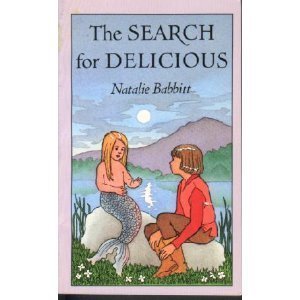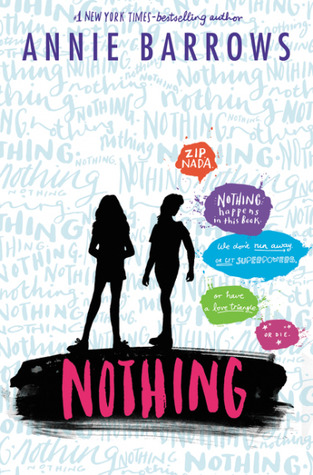
Life isn't easy for Chaya Lindner. She's a Jewish teen living in Nazi-occupied Poland, her parents are in a ghetto, her sister is dead, and her brother is missing. She lives with the threat of death if the wrong person finds out she's Jewish.
Chaya is working as a courier for the resistance group, Akiva, smuggling food, forged documents, and people in and out of the ghettos. Discovery means death, but she's skilled enough to not get caught. Her resistance group assigns her to a cell, a small group of about five people, who raid Nazi warehouses and trains for ammunition, guns, food, or anything that they can use.
One day, her cell gets a new member: Esther, a young Jewish girl. Chaya thinks that Esther is useless. She's untrained, scared, and lacks confidence. Of course, they all started that way, but Chaya doesn't care. They do not need someone weak and helpless right now, as Chaya runs raids, dodges Nazis, and lies to save her skin and protect her identity.
Akiva is planning an attack on the Cyganeria Cafe, a place where many German officers go. Akiva wants the attack to attract a lot of public attention, to persuade people to resist. If they kill a bunch of German officers, people will be inspired to fight back themselves. But the mission goes horribly wrong. The cafe was demolished, and some officers do die, but almost all of Akiva are arrested or killed. Esther and Chaya survive.
Now, they are to head to the Warsaw Ghetto, and start an uprising that will embed itself in history. Just the two of them, making a final stand.
Resistance is a WWII young adult fiction book, based on the real heroics of real young people who fought and were willing to die for their cause. Chaya is sixteen, and while most sixteen-year-old girls are learning how to drive, or throwing parties, or dating, Chaya is worrying about one thing: Could she make a difference? Could she show that the Jews weren't going to allow themselves to be slaughtered? That they would stand strong?
When we think of WWII, we think of the ghettoes, the camps, the Nazis, and Hitler himself: In other words, we think of the horrors. We often don't think of the people like Chaya, who risked everything to save lives, and we especially do not hear about those who would have been heroes, if their attempts at resistance had been more successful.
Resistance is a great historical novel for anyone who is a history lover. I especially recommend this for anyone who has liked the similar books I have reviewed (click the links and read!) like Making Bombs for Hitler or The Devil's Arithmetic. Resistance uses the names of real places and real people who fought and died, or fought and didn't die. They all fought with bravery, and they all worked to show that they wouldn't give up.
------------------
Daddy's afterthoughts: The cover of this book, perhaps deliberately evokes the lone resister at Tienanmen Square. I'm not sure many people know his name either. Chaya is not real, but the people and places around her in this book are. This is a somewhat more "adult" young-adult book, not just because of both the subject matter, but because of the unrelenting horror of wartime violence and the lack of a traditional "happy ending." Nielsen does not attempt to sugar-coat or Disney-fy reality, for which an appreciative and appropriately mature reader can and should be grateful. Much Jewish resistance was not "victorious" in the conventional sense of the word; often, the best that could be hoped for was increased awareness, or enough outrage to convince others to resist as well, so that the resistance would not die out altogether as the Nazis ran roughshod all over Europe. In Chaya's words, "We proved that there was value in faith. There was value in loyalty. And that a righteous resistance was a victory in and of itself, regardless of the outcome."







